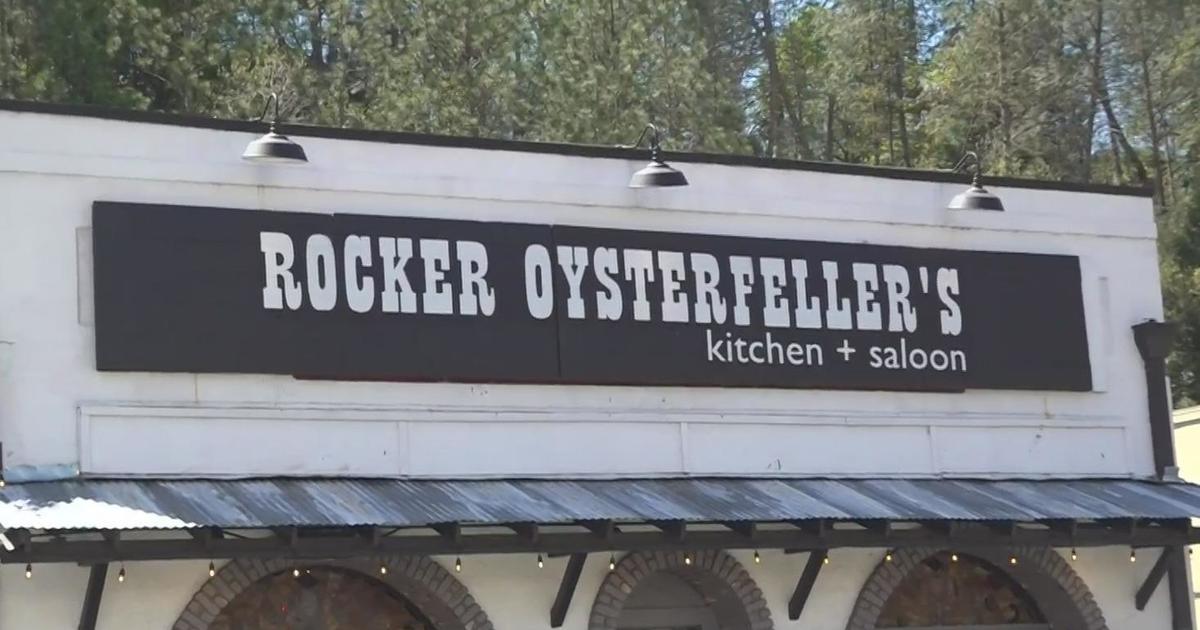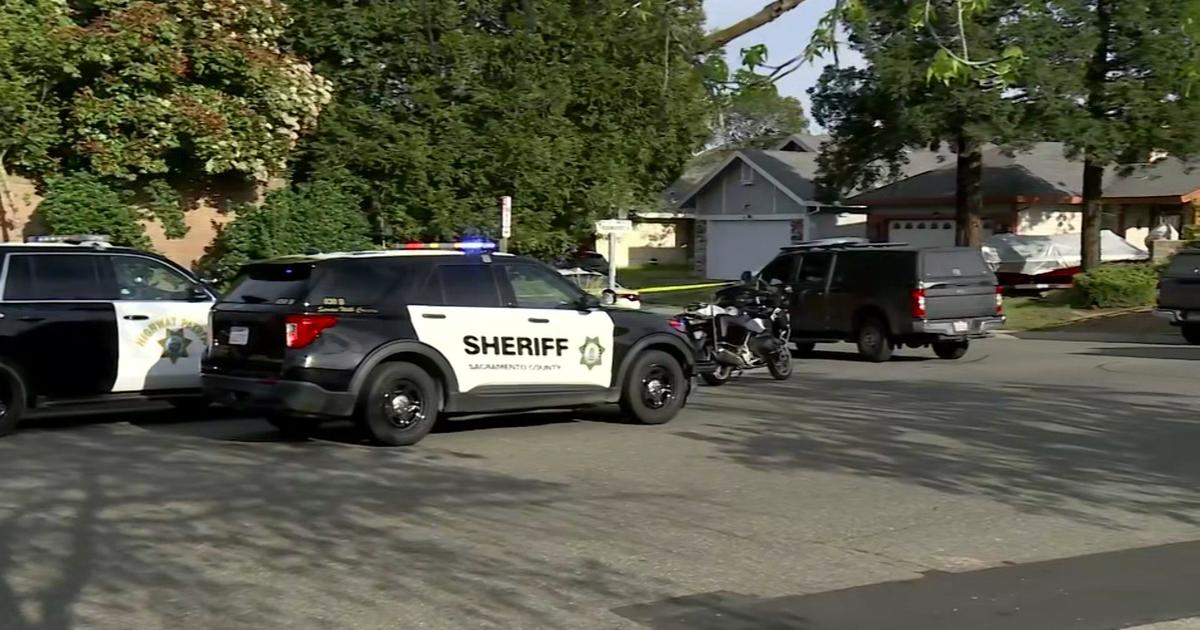Decade-long mitigation spared some towns from Caldor Fire
POLLOCK PINES – A year ago, the Caldor Fire ripped through the Lake Tahoe Basin. The devastation became life-changing as people continue to rebuild.
A drive along Highway 50 shows the remnants of the devastation including the chimneys of where homes once stood. However, some residents living in Camino and Pollock Pines were spared despite being under evacuation.
There is always an air of caution to this day.
"We get one notice and we get afraid, said Jeanie Kludjian, a resident. "I'm not liking the summers because of all the problems of the fire...it's scary."
In town, one will not see burn scars with charred trees and skeletal homes and buildings as seen in Grizzly Flats, which is less than 30 miles away.
We've come to learn from it, said Jose Torres, another resident.
What one will see around town is fire preparedness. Torres often attends public meetings on fire prevention. During the Caldor Fire evacuation, his family remained out of their home for 21 days.
"If we have someone who needs garden work done we try to help them out just to self-preserve ourselves," Torres said.
Neither Kludjian nor Torres had go-bags for their household last summer. However, they say they do now.
"It was a really stressful time and a lot of lives were impacted," said Tod Flowers, the hazardous fuels program manager for the U.S. Forest Service. "We have to try to be resilient and work together as a community."
The U.S. Forest Service told CBS13 that fuel treatments that started in 2011 had a significant impact on moderating fire behavior and intensity.
In the decade leading to the Caldor Fire, the agency treated 1,000 acres in the wildland-urban interface forest lands immediately adjacent to communities like Pollock Pines.
The work included thinning, piling and burning forest stands. Within that footprint, the forest service reports a small percentage burned.
"We can be successful with living with fire and having a safe community," Flowers said.
Similar fuel treatments are either taking place or are about to begin in the Lake Tahoe Basin.
However, the agency cautions not all fuel treatments will stop the spread of fires in every situation but believes it is one of the best ways to lower threats to communities.




